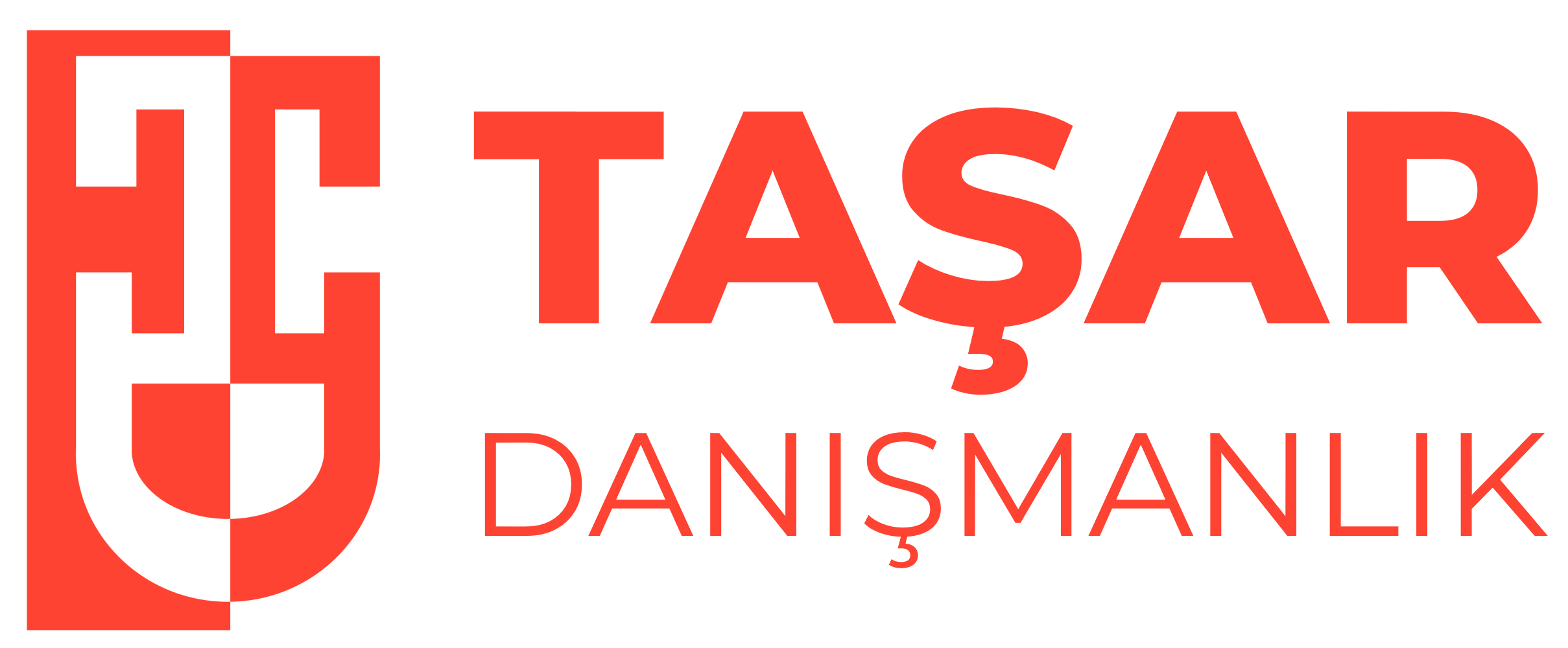
Don’t Get Stuck at Customs: LVD, EMC, RoHS, and TAREKS Requirements for Importing Electrical Devices (2025 Guide)
Are you planning to import an electrical device or machine? All commercial agreements are complete, but your products are held up at customs by the TAREKS system. Does this sound like a familiar scenario? It is a legal requirement that every electrical device imported into Turkey must not only be functional but also comply with a series of strict technical regulations established to protect human health, life and property safety, and the environment. While the CE mark is a fundamental requirement in this process, behind this mark lie regulations such as 2014/35/EU (LVD) and 2014/30/EU (EMC), standards like EN 60204, and chemical compliance rules like RoHS and REACH. In this guide, we will cover from A to Z which tests and documents must be completed before shipment to ensure your products can be imported into Turkey without any issues.
Key Directives: LVD and EMC Compliance
The two main directives that form the basis of the CE mark are the backbone of electrical device safety.
1. LVD – Low Voltage Directive (2014/35/EU) This directive aims to provide protection against the risks that electrical equipment within certain voltage limits may pose to users.
- Scope: Devices operating at nominal voltages between 50-1000V AC and 75-1500V DC.
- Key Requirements: Tests must be conducted to prove that the device is safe against mechanical hazards, electrical hazards (leakage current, high temperature, etc.), and other potential risks.
- Required Documents: LVD Test Report, EC Declaration of Conformity, Technical File.

EMC – Electromagnetic Compatibility Directive (2014/30/EU)
This directive aims to ensure that your device neither interferes with other devices in its vicinity (radiated emissions) nor is affected by the electromagnetic noise around it (immunity).
- Key Requirements: The device must generate electromagnetic emissions within specified limits and have an electromagnetic immunity level compliant with standards. EMC tests (emission and immunity) prove this compliance.
Special Standard: EN 60204-1 (Electrical Equipment of Machines) In addition to EMC and LVD for machines, compliance with the EN 60204-1 standard, which specifically addresses the safety of control panels and electrical equipment, is also of critical importance.
Material Safety: RoHS and REACH Regulations
As much as the electrical safety of a device, the content of the materials it is made from is also vital for importation.
- RoHS (Restriction of Hazardous Substances): This directive restricts the use of hazardous and harmful substances such as Lead, Mercury, and Cadmium in electrical and electronic equipment. Every single component that makes up your product must be RoHS compliant, and this must be documented.
- REACH (Registration, Evaluation, Authorisation and Restriction of Chemicals): This much broader EU regulation manages the risks of chemicals to human health and the environment. The declaration of Substances of Very High Concern (SVHC) is the legal responsibility of the importer.
The Customs Gate: What is Required in the TAREKS System
The place where all these technical compliance steps are concretely proven is the TAREKS (Risk-Based Control System in Foreign Trade) platform at customs.
Remember: These tests and documents must be completed and ready before the goods are even shipped. The primary documents that need to be uploaded to TAREKS are:
- CE Certificate and EC Declaration of Conformity: The official document where the manufacturer declares that the product complies with all relevant regulations.
- LVD and EMC Test Reports: Current and valid test reports from an accredited laboratory, showing compliance with the relevant standards.
- User Manual (in Turkish): A manual containing all safety warnings for the end-user.
- Technical File Summary: Should be kept ready to be presented upon request.
If these documents are missing, incorrect, or do not represent the product, it will cause you to be flagged for the “Red Line” in the TAREKS system, meaning you will be directed to physical inspection and laboratory tests. This situation can lead to significant time losses, additional costs, and even the refusal of importation, resulting in the products being sent back.
Why Professional Consultancy is a Lifesaver
As you can see, importing an electrical device requires mastery of numerous interconnected technical regulations.
- Which standards apply to your product?
- Are your test reports current and in the correct format?
- Is your technical file ready for inspection?
This is where we, as tasardanismanlik.com, step in. We identify all the necessary regulations and standards for your product, manage the testing and certification processes on your behalf, and prepare your documents for TAREKS submission completely, preventing unpleasant surprises at customs from the very beginning.
Conclusion Being proactive in electrical device importation and completing compliance processes before the goods are shipped is not an option, but a necessity. Managing the processes correctly protects you from the risks waiting at customs and ensures the uninterrupted continuation of your commercial activities.
Contact us today to secure your import processes and to get detailed information about the necessary tests and CE certification consultancy.
